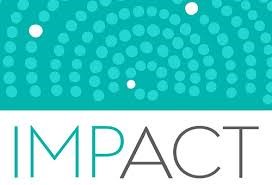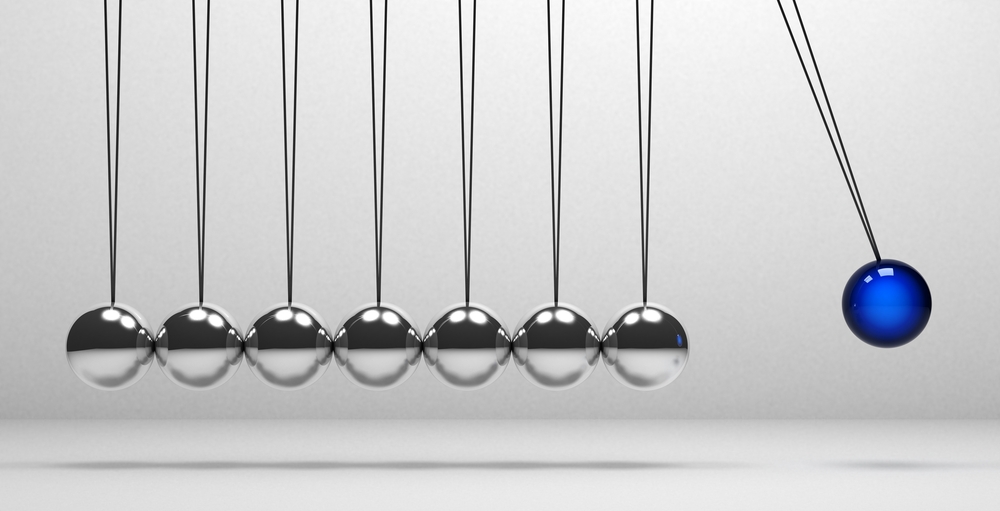
Fifth in a Series: Things Major Donors Love (or Hate)
I’ve always been a student of cause and effect and asking “so what?” Some of my friends say it’s irritating. Examples…
- Someone is describing a process – all the elements and sequencing, the cool attributes of this one element and how it hasn’t been done before and how great it is that someone thought of this, etc. etc. So what? What’s the point? What resulted from it?There’s some copy on a website that describes the organization and its founder. A really good man. And here’s his bio and his achievements. Impressive. So what? What’s the point?
A campaign has been launched. There’s an impressive number. And there are some great naming opportunities. Think of how great it will be to have YOUR name on that building. So what?
An event has been organized. Best event ever. It’s gonna raise a ton of money – the most that has ever been raised. And guess who’s coming? You wouldn’t believe it… Yes, and what’s the point?
A proposal has been prepared for a donor. It has great pictures in it. There’s a fantastic story about a new campus, or a new building or new talent that has been secured and “all of this will help us do our work better.” Yes, this is nice, but so what?
There’s some impressive analysis of a problem. Never before has anyone looked at it this way. It’s amazing. Even the graphics and graphs are impressive. Never seen anything like them. And the build up to the conclusion of the proposal is going really well – except that it builds up to an internal, self-focused point. Where’s the impact? What’s the point? So what?
Look at these stats! We’ve sliced it every way imaginable. Any question you have, we have the answer. Yep, any question. Oh, what, are the programs working? Hang on. Let me look. I’ll have to get back to you.
This is how a donor starts to perceive that there is a lot of ACTIVITY, but worries there is little or no IMPACT. There is a lot of noise but, for some reason, they aren’t hearing how their gifts are making a difference.
That’s why you must look at everything you write and say – everything you produce – video, online stuff, webinars, brochures – everything – to make sure you’re getting to the point and answering the “so what” question.
So, what difference is THIS going to make in helping someone? What difference is this going to make in healing the hurts of the planet and the environment? If you can’t get to that answer in most everything you do, then the donor will think all of your ACTIVITY is spending their money the wrong way – wasting their money. And that’s not good.
For many years in my career I had an 8 X 10 piece of paper at my desk with these two words boldly displayed on it: SO WHAT? And it reminded me to always get back to the main point in everything I do and say. Now it’s engrained in me, and it’s the core reason my friends get irritated at times. I have to stop looking at a piece of art and asking “what’s the point?” I have to learn how to just BE, rather than analyze everything. (I’m working on that.)
But when it comes to major gift fundraising, you can never ignore this dynamic. Because donors, fundamentally, need to know that their giving is having an impact. Don’t forget that.
Richard
Read the series “Things Major Donors Love (or Hate)”
- Major Donors Love Transparency
- Major Donors Love When You Tell It Straight (not Manipulate)
- Respecting Donors’ Space and Time (Don’t Bother Them)
- Major Donors Love being Thanked and Appreciated
- Donors Love to Achieve Impact (Don’t Waste Their Money!) [This Post]






0 Comments